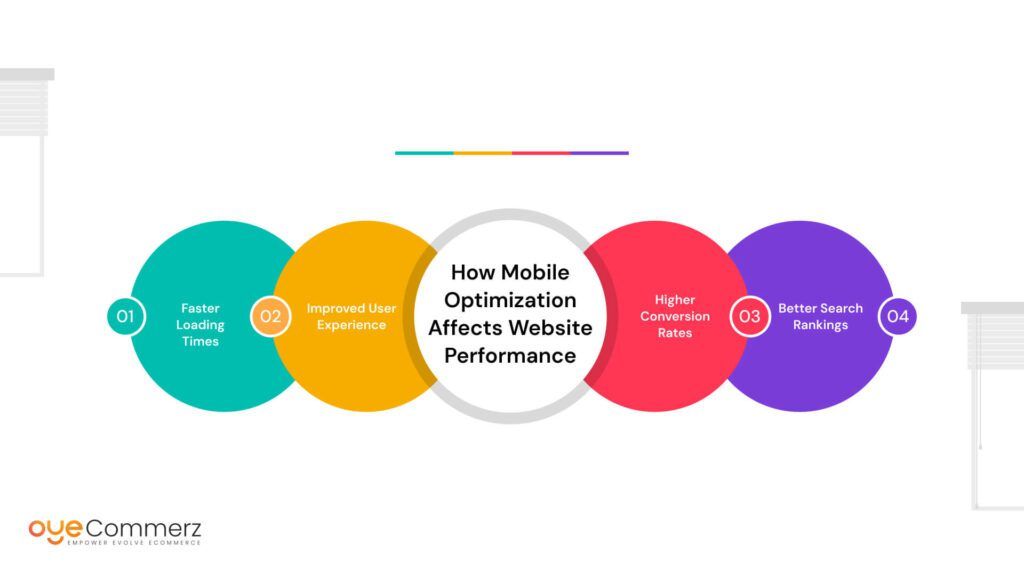In the current online landscape, selecting the right e-commerce solution is crucial for enterprise success. If you're presently using Wix but thinking about a switch to Shopify, you're not alone. Many businesses are migrating to Shopify to leverage its robust capabilities, scalability, and specialized e-commerce tools. This article will walk you through the transition process, ensuring a seamless transition and preparing you for e-commerce success.
Why Migrate from Wix to Shopify?
Before exploring the migration process, it's important to recognize why Shopify could be a better choice for your e-commerce needs:
- Specialization: Unlike Wix, which caters to various website types, Shopify is designed specifically for e-commerce, offering sophisticated tools and functionalities tailored for digital commerce.
- Scalability: As your business expands, Shopify can easily handle increased visitor volumes and transactions volume without sacrificing performance.
- Extensive App Library: Shopify offers a large collection of apps that can enhance your store's capabilities, from marketing tools to stock control options.
- SEO Capabilities: Shopify offers better SEO options, which can assist in boosting your store’s visibility on Google and others.
- Payment Options: With numerous transaction platforms available, including Shopify Payments, you can offer shoppers a wide range of payment methods.
Getting Ready for Migration
To ensure a trouble-free migration from Wix to Shopify, follow these preparatory guidelines:
1. Save Your Information
Export all your information from Wix, including item information, user data, and order history. This step is vital as it guarantees you have a copy of everything before initiating the transfer.
2. Choose Your Shopify Plan
Evaluate the various Shopify subscriptions available and select one that aligns with your company’s needs. Consider factors such as costs, built-in tools, and scalability options.
3. Create Your Shopify Profile
Register your Shopify profile and familiarize yourself with the platform’s dashboard and features.
The Transition Process
Now that you are ready, it’s time to migrate your store from Wix to Shopify. Here’s how:
1. Import Products
Use Shopify's integrated migration utility or external migration apps like Cart2Cart or LitExtension to transfer your products from Wix to Shopify.
Ensure that item details, pictures, costs, and variants are correctly transferred.
2. Transfer Customer Data
Import customer information such as names and contact info into your new Shopify store. This step is vital for maintaining client connections and marketing efforts.
3. Set Up Payment Gateways
Configure payment gateways in your Shopify store to guarantee smooth transactions. You can choose from various options like debit methods, PayPal, and others.
4. Personalize Your Store Design
Choose a design that aligns with your business image. Customize it using Shopify's design tools to create an attractive and user-friendly shopping experience.
5. Search Engine Optimization
Apply SEO best practices during the transition process:
- Set up 301 redirects from old Wix URLs to new Shopify URLs.
- Optimize product titles, details, and images with relevant keywords.
- Modify meta tags and alt texts for improved search Shopify dashboard features engine visibility.
Post-Migration Steps
Once your store is live on Shopify, follow these follow-up steps:
1. Check Your Website
Perform thorough testing of your new store:
- Check item listings for accuracy.
- Verify transaction methods.
- Ensure all links work correctly.
2. Promote Your Store
Announce your new store launch through newsletters and social platforms.
Consider offering special offers or discounts to draw customers.
3. Track Your Progress
Use analytics tools within Shopify to monitor sales performance and user activity.
Modify your strategies based on performance analytics.
Conclusion
Migrating from Wix to Shopify can significantly improve your e-commerce capabilities and lay the foundation for growth and Digital commerce success. By adhering to this manual and taking a systematic approach to the migration process, you can guarantee a smooth move that minimizes downtime and maximizes opportunities for sales. Embrace the change and watch your online store thrive on its new platform!
